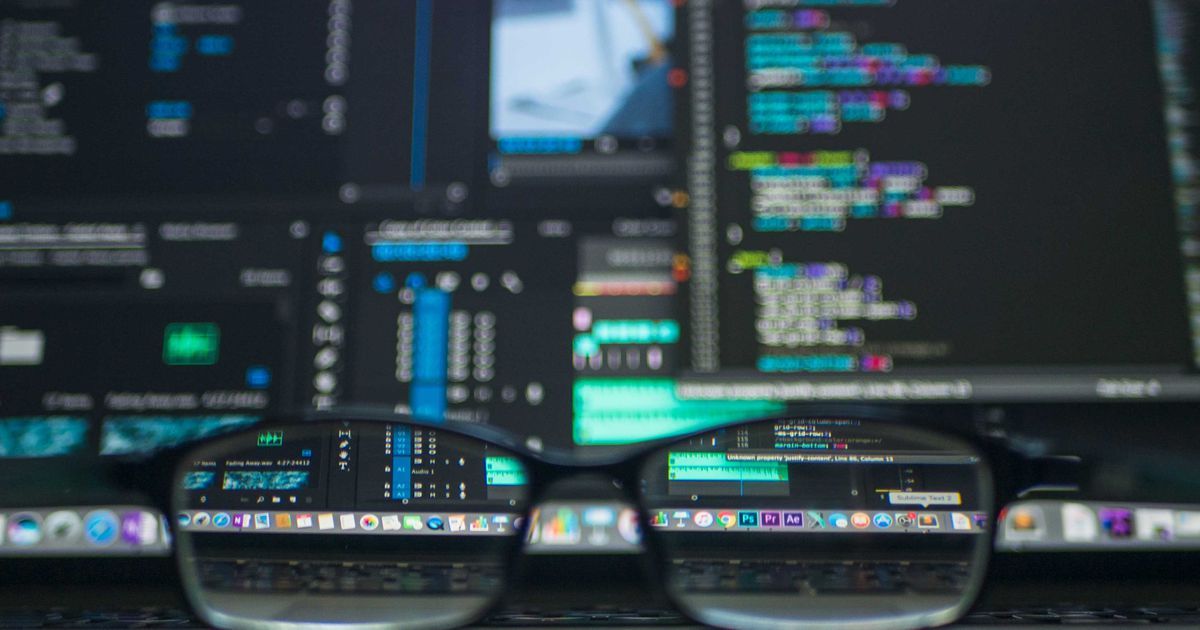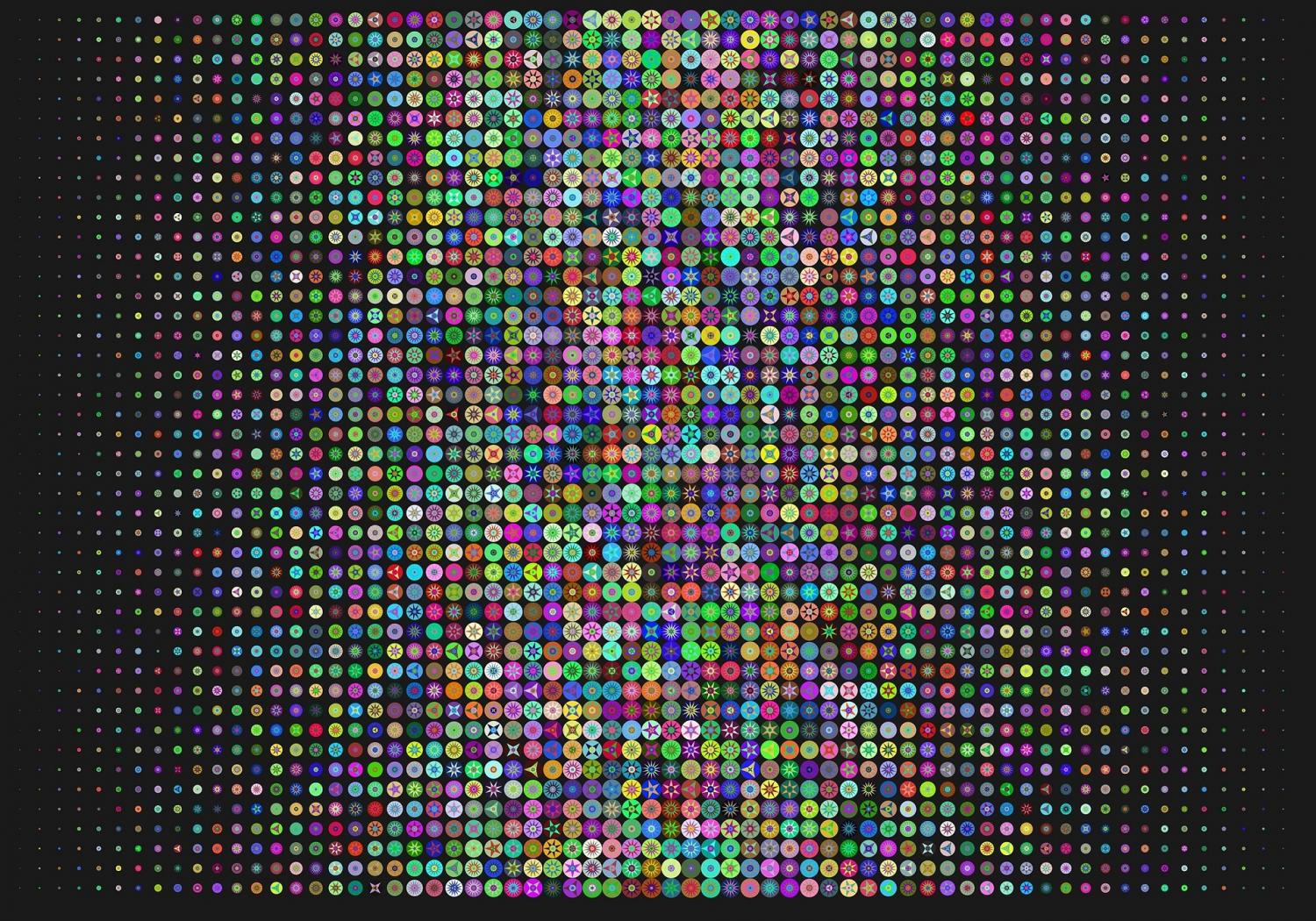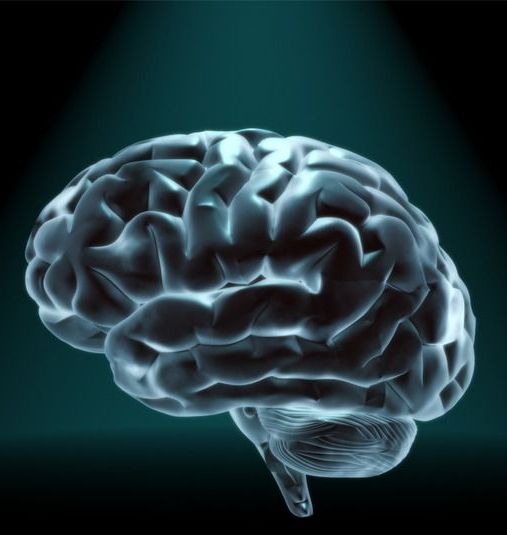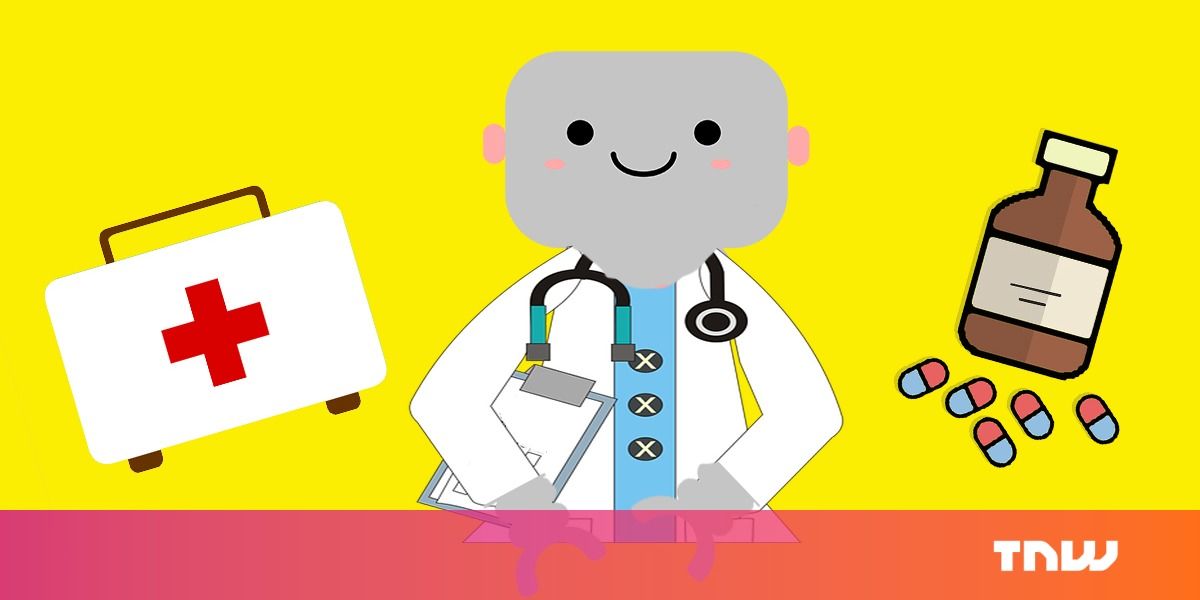Contrary to what Silicon Valley portrays, you’ll need more than drive and intelligence to land a high-paying job in the tech world. You’ll need to be well versed in one of the most popular and fastest growing programming languages: Python.
SEE ALSO: Walmart’s new text service bypasses app, website to order stuff online
Python made its debut in 1990, and since then it’s been focused and refined by some of the brightest programmers in the industry. That’s resulted in its current status as a multi-faceted, yet beautifully simple language with a wide variety of applications, from interfacing with SQL databases to building websites.














